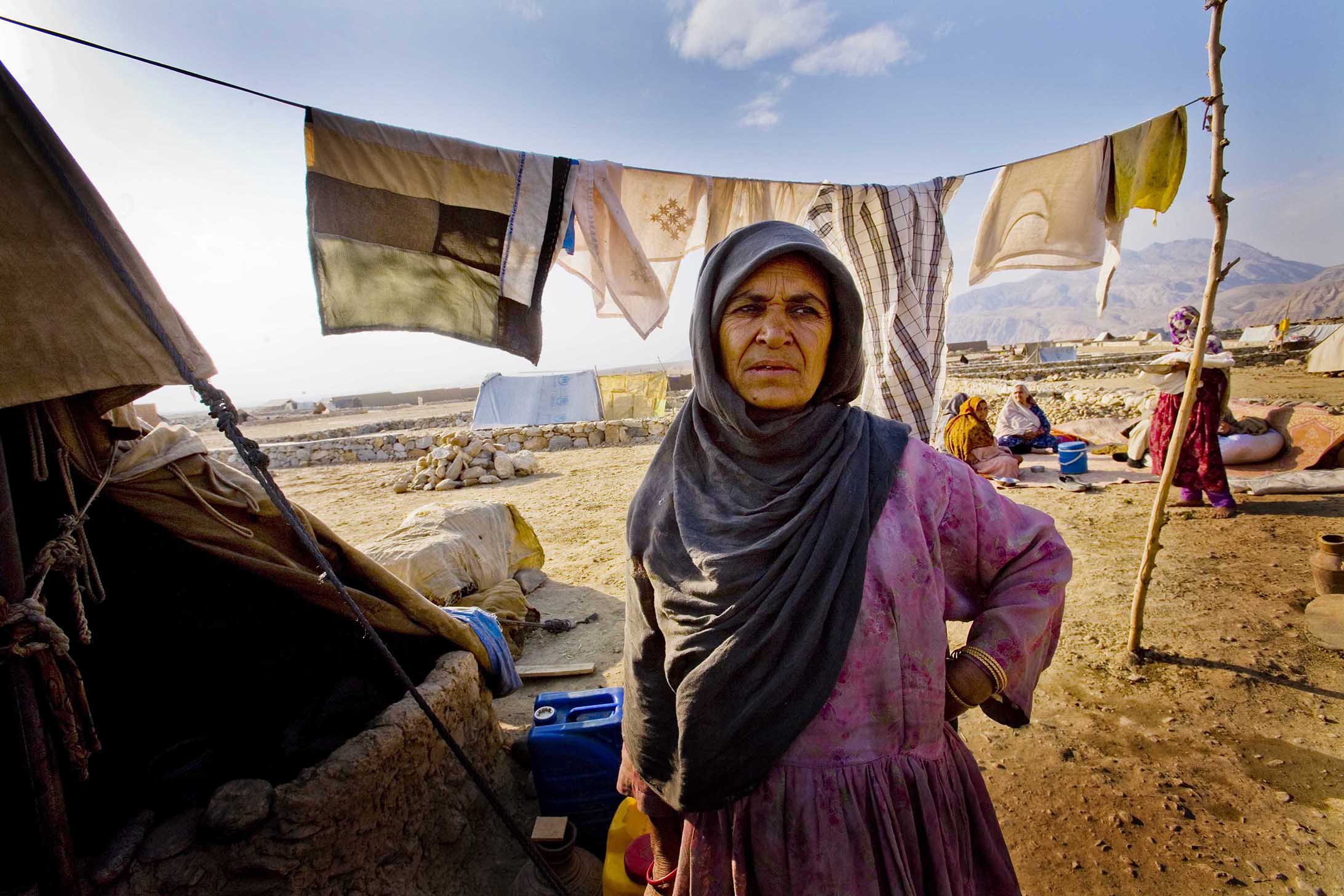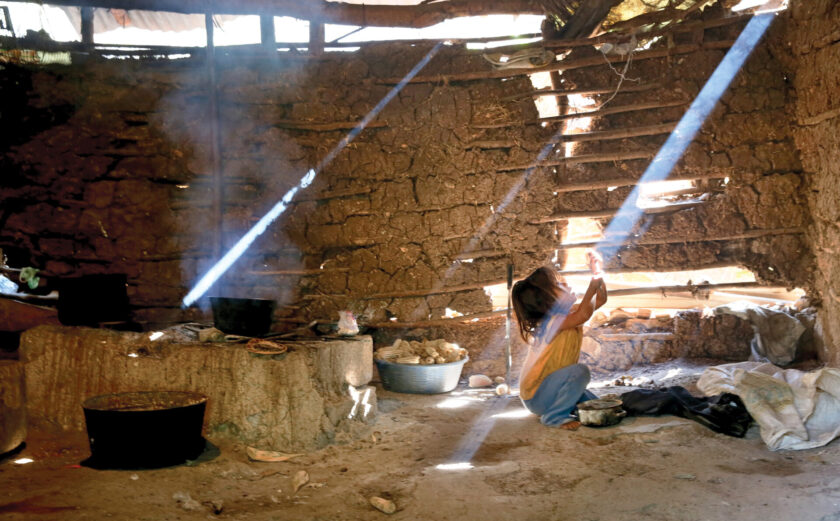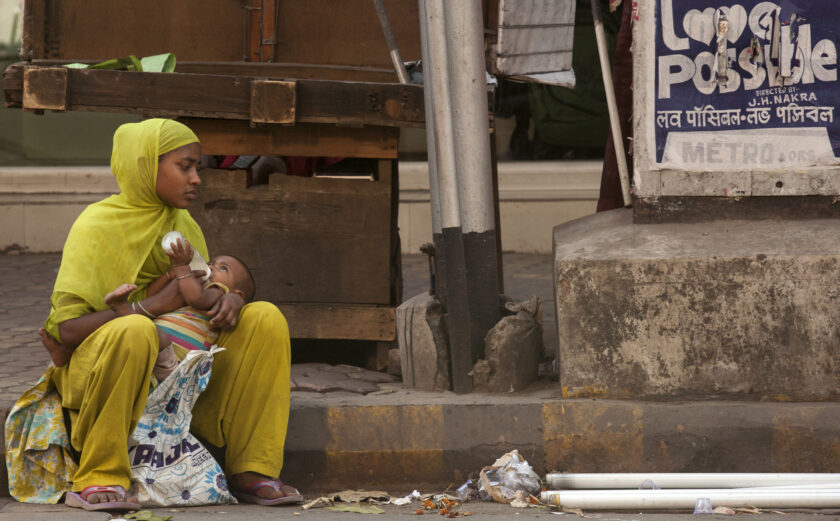
Three Things You Need to Know about the Humanitarian Crisis in Afghanistan
“Afghans are resilient, not by choice but by need. We know how to celebrate life despite the constant violence we are subjected to if we are to remain sane and happy” – Maryam Atahi, Save the Children
Even though Afghanistan may appear on a path towards peace, decades of conflict created widespread humanitarian need within the country. According to the 2019 Humanitarian Response Plan (HRP), over 6.3 million Afghans currently require humanitarian assistance, and ongoing insecurity makes it difficult for humanitarians to operate.
Increased help starts with increased awareness, so here are three important things to know about the humanitarian situation in Afghanistan:
1. Both internal and outbound displacements are severe.
Intense insecurity and active conflict have created a massive internal displacement problem in Afghanistan. Projections indicate that 800,000 people will become internally displaced persons (IDPs) in 2019. Along with violent conflict, natural disasters continue to cause internal displacement. In 2018, around 275,000 people were displaced internally by drought — more than the number of people displaced by conflict. Flash flooding in March 2019 increased the humanitarian needs of 163,000 people and displaced over 42,000.
Ongoing conflict also created 2.6 million Afghan refugees globally, a number second only to the Syrian refugee population. Afghan refugees are increasingly threatened by forced returns, as countries like Pakistan and Iran send refugees back. Forced returns of refugees, or refoulement, is illegal under customary international law.
Faced with this rapidly growing displaced population, humanitarians are struggling to effectively meet people’s needs with regards to protection, shelter, food, water, and health care. With their livelihoods disrupted, IDPs and returnees from neighboring countries remain among the most impoverished and vulnerable populations in Afghanistan.
2. Insecurity is ever-present.
Overall insecurity due to conflict by all parties has severely affected civilians and civilian infrastructure, namely schools and hospitals. The country has also seen increased activity and presence of sanctioned groups, including Islamic State Khorasan (IS-K). The United Nations Assistance Mission in Afghanistan (UNAMA)’s Midyear Update reported a 31% increase in airstrikes and a 39% increase in casualties (363 deaths and 156 injured) from those airstrikes in the first half of 2019.
Attacks on civilians and infrastructure impact access to education and healthcare facilities as well as access to water supplies, food, and roads. Conflict parties frequently occupy schools for military use, in clear breach of International Humanitarian Law (IHL). Beginning in 2018, the Taliban has expressly targeted girls’ schools for destruction, adversely affecting girls’ right to access education.
The bombings and destruction of healthcare facilities by both the Taliban and U.S- led coalition forces (ISAF) demonstrates the dangers humanitarian actors face working in these spaces. The 2015 attack by U.S. coalition forces on a Médecins Sans Frontières (MSF) hospital in Kunduz is one such example. Furthermore, the destruction of healthcare facilities exacerbates the already-precarious healthcare landscape in Afghanistan. Lastly, the tumultuous elections process caused uncertainty around the Afghan leadership in the country.
These problems not only make it more difficult for humanitarian actors to work effectively, they prevent Afghan civilians from feeling a sense of safety and security.
3. Access to populations in need remains the foremost challenge for humanitarian actors.
Due to continuing insecurity perpetrated by all conflict parties, humanitarian actors face difficulties accessing remote areas of the country to assist populations in need and/or areas that require transit across conflict lines. According to ACAPS, Afghanistan’s overall access ranking as of May 2019 is 4 (nearly inaccessible) due to many contested or Taliban-controlled areas. Poor road conditions, remoteness, and mountainous terrain restrict access, as has severe flooding in February and March 2019. As a result of constant attacks on hospitals and other health facilities by Taliban forces, health facilities are not readily accessible. Cell towers are predominantly scattered around big cities, limiting communications services for rural populations.
Looking forward, it seems that the improvement of the humanitarian situation in Afghanistan will largely depend on funding and security. Without adequate resources, there is no way for humanitarians to address the scale of humanitarian need in Afghanistan. Conflict between the Taliban, IS-K, and government forces will only continue to increase displacement and humanitarian needs. Furthermore, the upcoming presidential elections are likely to spark additional insecurity, and political violence may inhibit humanitarian access.
After 18 years of conflict, Afghanistan today continues to face a humanitarian crisis worsened by political instability and ongoing violence, while the focus of the international community lies elsewhere.
InterAction’s humanitarian team undertook a mission to Afghanistan in September 2019 and will produce a report in October regarding how the humanitarian response can be improved to best meet the needs of conflict and climate affected people. Stay tuned!
If you are an InterAction member and would like to be added to our new Afghanistan email list, please sign up here.
To learn more:
- 2019 Afghanistan Humanitarian Needs Overview
- ACAPS: Displacement and Access in Afghanistan: Scenarios
- Current updates on the humanitarian situation in Afghanistan from OCHA
- NRC: Returning to What? The Challenges Displaced Afghans Face in Securing Durable Solutions
- UNAMA Midyear Update on the Protection of Civilians in Armed Conflict








